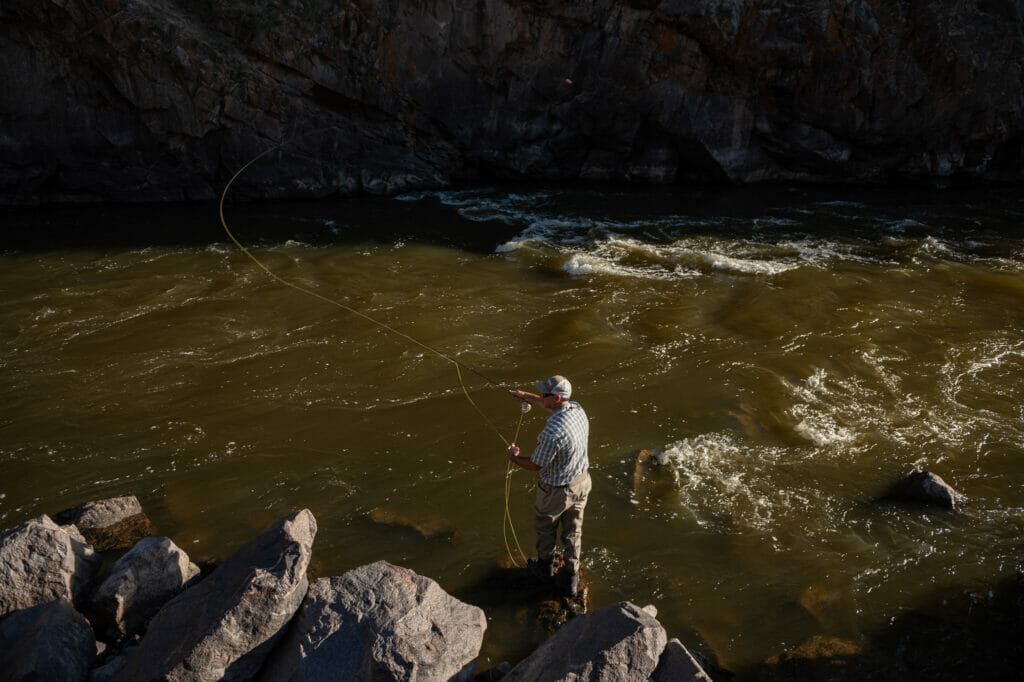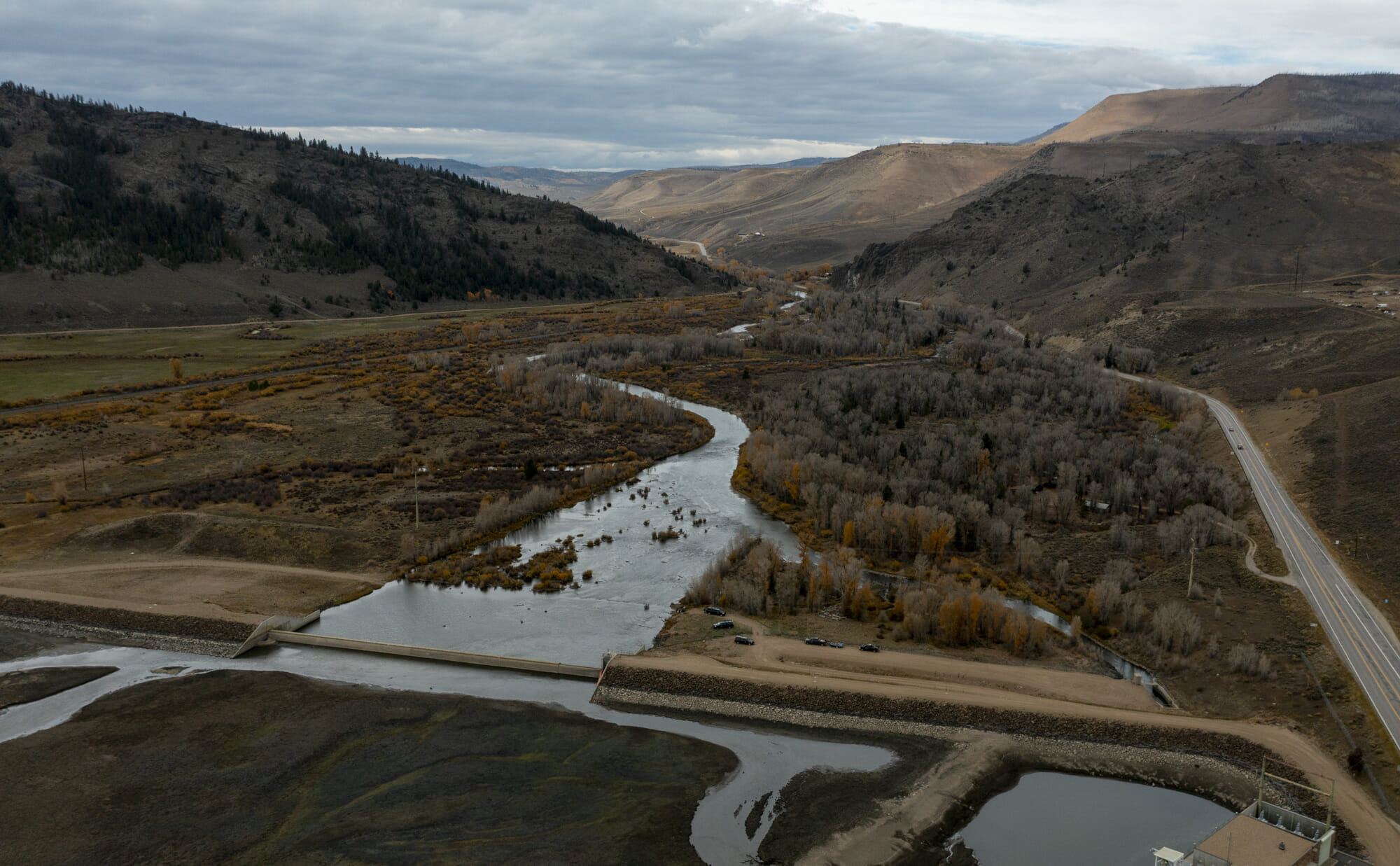Federal agency green lights a $30 million Colorado River reconnection project
The Windy Gap Project on the Colorado River was built to provide water to the six rapidly growing communities of Boulder, Estes Park, Fort Collins, Greeley, Longmont, and Loveland. From the reservoir that pools behind the Windy Gap Dam, a six-mile pipeline diverts nearly 50,000-acre feet of water annually from the river—almost 10 percent of the volume of Lake Granby.
But as successful as the project has been in serving the water supply demands of these growing communities, it has done considerable damage to the river’s fish populations and water quality.
This week, Trout Unlimited took a major step toward reconnecting this section of the Colorado River and restoring the damage done over the past four decades.
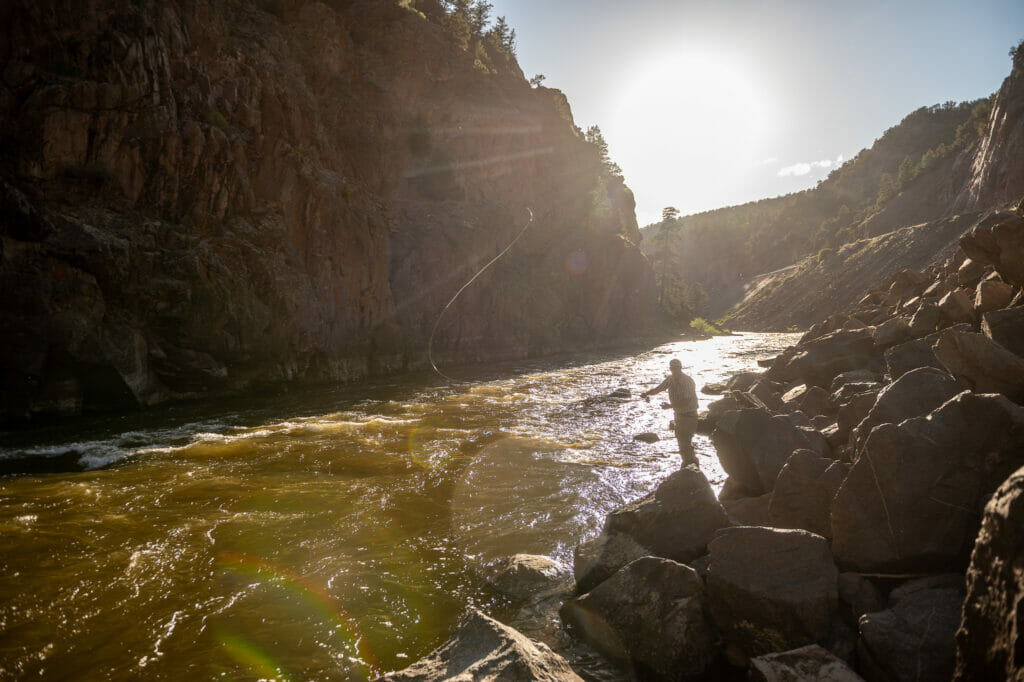
The Natural Resources Conservation Service (NRCS) gave the green light for Trout Unlimited and a collection of partners to move forward with the $30 million Colorado River Headwaters Connectivity Project. The plan is to build a natural river channel around Windy Gap Reservoir for the purpose of improving aquatic habitat in the Fraser and Colorado rivers.
The project—a collaboration with Northern Colorado Water Conservancy District Municipal Subdistrict, Grand County, the Upper Colorado River Alliance—will reopen the Colorado to fish passage, improve downstream habitat and water quality downstream, and open up a mile of Gold Medal-quality public angling access.
“The NRCS decision is a major step toward making the Connectivity Channel a reality,” said Mely Whiting, Colorado Water Project legal counsel and the project lead for TU. “This project is the linchpin connecting all other ongoing efforts to prepare the headwaters of the Colorado River for a much hotter and drier future.”
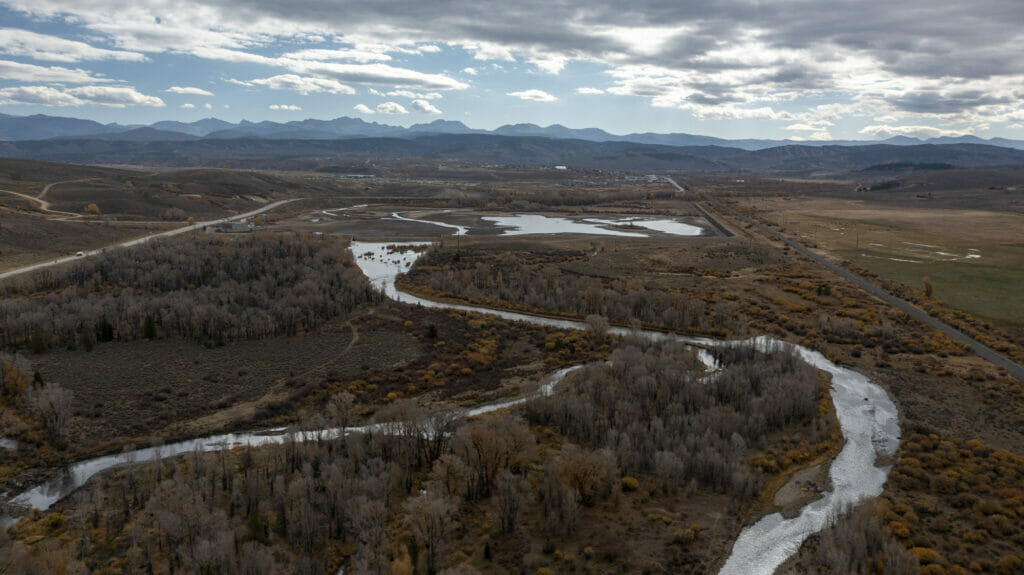
In an agreement with TU, the NRCS committed over $4 million toward construction of the project, provided that an environmental assessment was completed showing that the project will not have significant impacts on the environment. With this week’s announcement, NRCS can provide those pledged funds toward the project’s construction and may consider granting up to $9 million in additional funds still needed for the project.
Work on the project is scheduled to begin in June 2022 and is expected to be substantially complete by the end of 2023. Angling access is not expected before 2025 to give time for the habitat and fishery to establish.
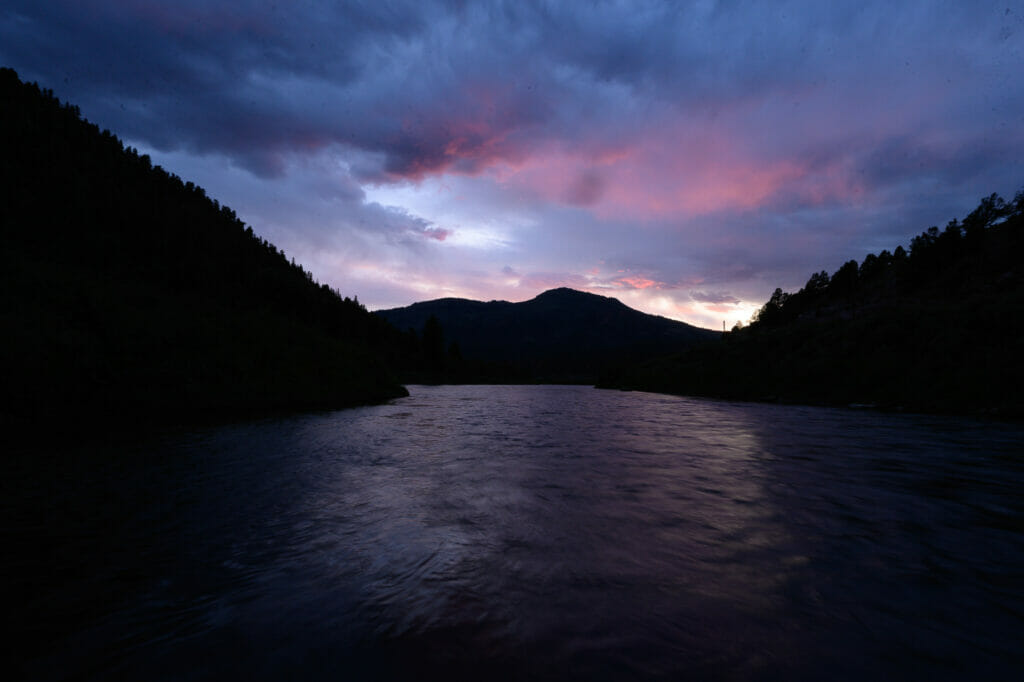
In addition to the funding support from the NRCS, the Connectivity Channel has received significant contributions from the Colorado Water Conservation Board, Northern Water, Grand County, the Colorado River Water Conservation District, the Upper Colorado River Alliance, and corporate sponsors, including PepsiCo., Frito Lay, Intel, and CocaCola. Other contributors include the Gates Family Foundation, the Bonneville Environmental Foundation, the Colorado Department of Natural Resources, Colorado Parks and Wildlife, Great Outdoors Colorado, the National Fish and Wildlife Foundation, and Occidental Petroleum Corporation.
